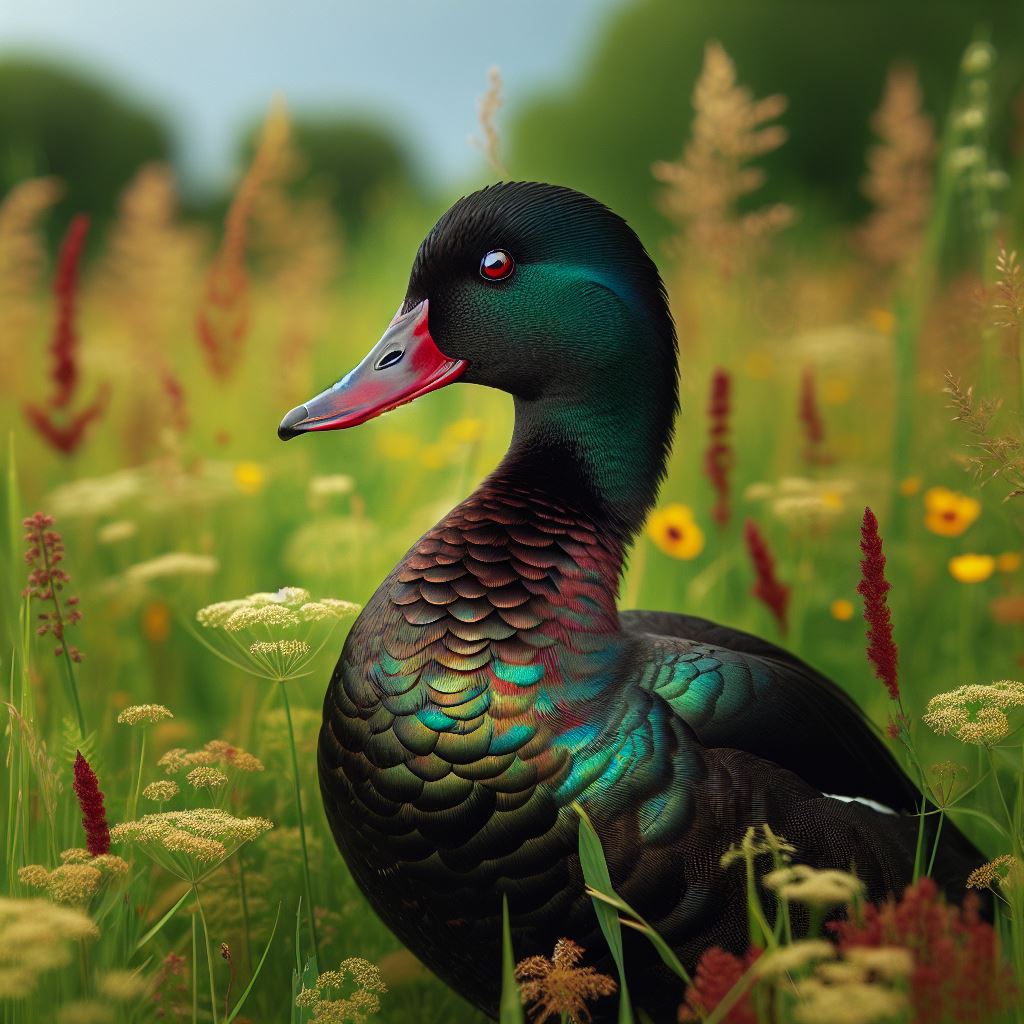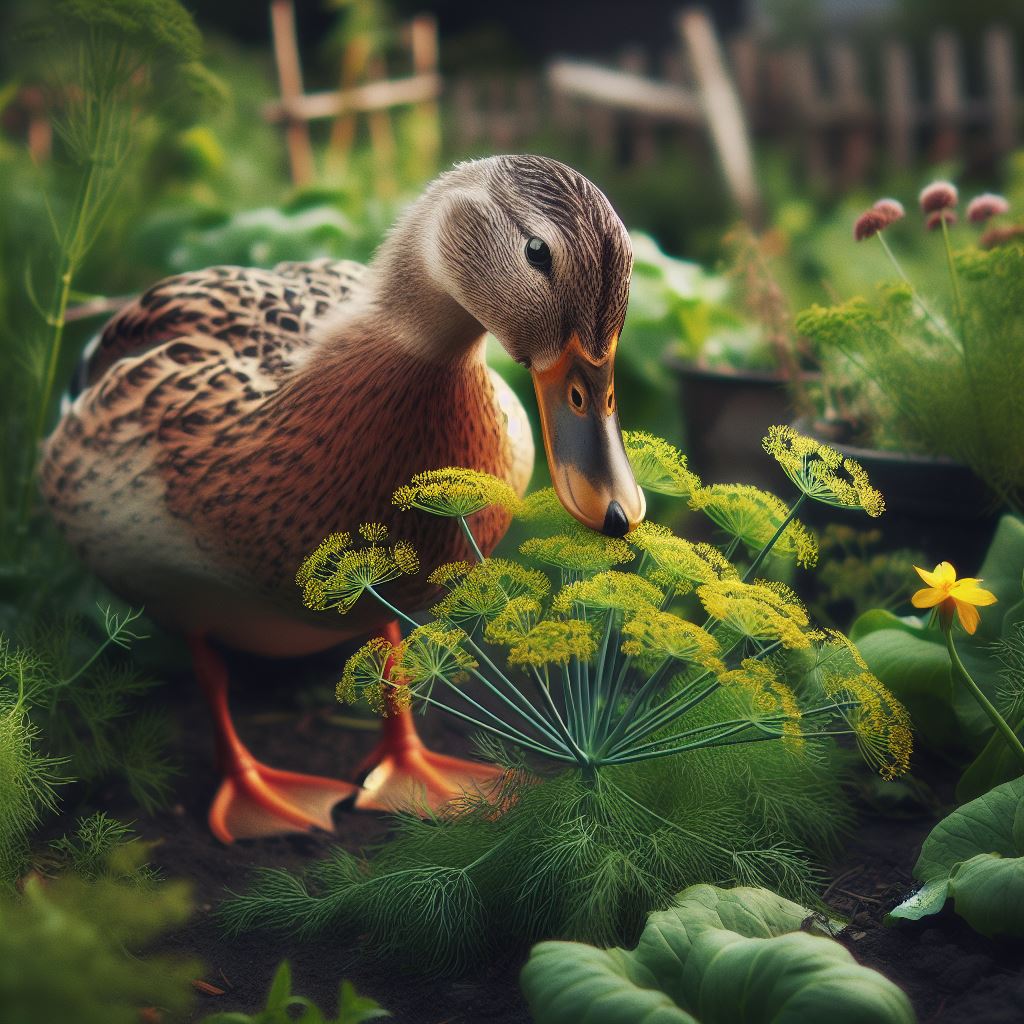How Many Ducklings Survive? Understanding Nature

Table of content:
Watching a mother duck lead her little duckling family is an iconic image of spring. However, the truth is that most of those adorable fuzzballs won’t make it past their first few weeks or months.
Duckling survival rates in the wild are quite low compared to other bird species. Even under human care, significant numbers of ducklings fail to reach adulthood.
What makes life so dangerous for ducklings? Why do so many die in their first year when they seem to mature quickly? This article will explore the common causes of duckling mortality and what can be done to improve survival rates.
How Many Duck Eggs Successfully Hatch?
The journey starts even before a duckling hatches. Approximately one in four eggs will fail to hatch for various reasons.
Studies of wild mallard ducks show that only 75% of eggs laid will successfully hatch under natural conditions. Egg failure rates are higher in younger birds and increase over the course of the breeding season.
Predators, accidents, infertility, and improper incubation can all prevent eggs from hatching. For domestic duck breeds, hatch rates are often 80-90% when eggs are incubated artificially.
So up to 25% of potential ducklings never make it past the egg stage. The ducklings that do hatch still face significant challenges.
Duckling Mortality Rates in The First Year
Duckling mortality is extremely high in the first 2 weeks after hatching. One study of wild mallards found 17% of ducklings died within 14 days of hatching.
Mortality rates remain elevated for several months. Across various duck species, research shows that only 15-25% of hatchlings survive to adulthood (1 year old).
Some key times of high duckling mortality include:
- The first 2 weeks (17% mortality)
- Between 3-10 weeks old (10-25% mortality)
- Early fall migration (5-12% mortality)
These rates apply to wild ducks. Domestic duckling mortality is lower when predators are controlled and adequate food/shelter is provided. However, you can still expect 10-15% losses in the first 2 months.
Why Do So Many Ducklings Die?
Given their high mortality rates, why are so many ducklings dying in their first year? Understanding the major causes of death can help guide efforts to improve survival.
Predators
The most significant threat ducklings face is predators. Newly hatched ducklings fall prey to fish, birds, snakes, foxes, raccoons, turtles, large insects, and many other predators.
Even adult ducks are vulnerable to predation during nesting season. Groups of predators will also target duckling groups and can quickly decimate an entire family.
Exposure to the Elements
Ducklings have limited feather coverage and struggle to stay warm when wet. Hypothermia is a common issue, especially in the first 2 weeks after hatching. Being caught in rainstorms or cold snaps can be deadly.
Starvation
Ducklings grow rapidly and need ample food every day. Starvation threatens ducklings that can’t find enough food or that outgrow a confined space. Young ducklings are also inexperienced at foraging for food initially.
Disease
Like other young animals, ducklings are prone to infectious diseases. Salmonella, duck virus enteritis, duck virus hepatitis, avian cholera, and aspergillosis molds are some examples. These diseases can spread rapidly and have high mortality rates.
Accidents
Since they can’t fly for the first 2 months, ducklings are vulnerable to accidents on land. They can drown if they can’t get out of water due to steep banks or pollution. Ducklings get trapped in drains, window wells, or other hazards. They also become roadkill when crossing streets.
Water Quality Issues
Ducklings rely heavily on water access. However, polluted water exposes them to toxins, parasites, botulism bacteria, and avian cholera. Oil spills and algae blooms also poison ducklings.
Duckling Survival By Week: A Week-By-Week Breakdown
Looking at duckling survival rates week-by-week provides more insight into the crucial periods:
Week 1
The highest mortality occurs in the first week. Weak or malformed ducklings die quickly. Predation is a major threat, as ducklings lack mobility and mother ducks are often malnourished from incubation. Hypothermia also takes many ducklings. 7-15% mortality is common.
Week 2
By week 2, ducklings gain strength but are still vulnerable. Sitting still on the nest too long makes them restless and prone to wandering from their mother. This exposes them to more predation. They also face accidental drowning and starvation risks. An additional 5-10% may die.
Weeks 3-10
Weeks 3 to 10 see steadily declining mortality rates. Ducklings grow full juvenile plumage by week 5. Their flying skills, foraging, and Mobility improve. Predators remain an issue, especially as ducklings venture further from their mother and onto water. Disease outbreaks can spike mortality during this period as well. Expect 10-25% combined losses over weeks 3-10.
Fall Migration
Late summer through fall, ducks migrate to warmer climates. Ducklings experience heightened stress from the longer flight distances and crowded conditions. They are also hunted for game during migration. Mortality ranges from 5-12% during the fall migration weeks.
How to Improve Duckling Survival Rates
Whether you want to help conserve wild duck populations or raise domestic ducks, supporting duckling survival is crucial. Here are some tips that can boost duckling lifespan and numbers:
- Create protected wetland habitats with limited predator access
- Use fencing/netting to keep predators away from nests and young ducklings
- Provide shelter belts and brush piles ducklings can hide in
- Eliminate potential drowning hazards near nesting areas
- Ensure clean water access free of pollution, parasites, and toxins
- Supply adequate, protein-rich starter feeds for ducklings
- Keep ducklings warm with heat lamps, dry bedding, and a draft-free brooder area
- Isolate and treat any sick ducklings quickly
- Limit human handling of ducklings and other stresses
- Keep ducklings safe from roadways, window wells, drains, or other accident risks
- Maintain good biosecurity practices on farms to prevent disease outbreaks
- Band together ducklings and waterfowl to reduce predation during migration
With attentive management and protection, it’s possible to achieve up to 90% duckling survival rates to adulthood. Be sure to provide the essentials young ducks need in their vulnerable first year of life.
Conclusion
Even with the dismal survival stats, it’s important not to lose hope. The information on duckling mortality empowers us to make changes that save more of these adorable little birds. Each small action adds up when multiplied across millions of ducks.
Ducklings represent the future of the vibrant, quacking, paddling duck populations we enjoy observing. It takes a collective effort across communities to give them the foundation they need to survive and thrive into adulthood. Though the path ahead is filled with hurdles, ensuring future generations of ducks is a goal worth striving for.
Welcome. I’m Adreena Shanum, the proud owner of this website, and I am incredibly passionate about animals, especially poultry. I founded adreenapets.com as a labor of love, stemming from my desire to share my knowledge and experiences with poultry enthusiasts worldwide.




